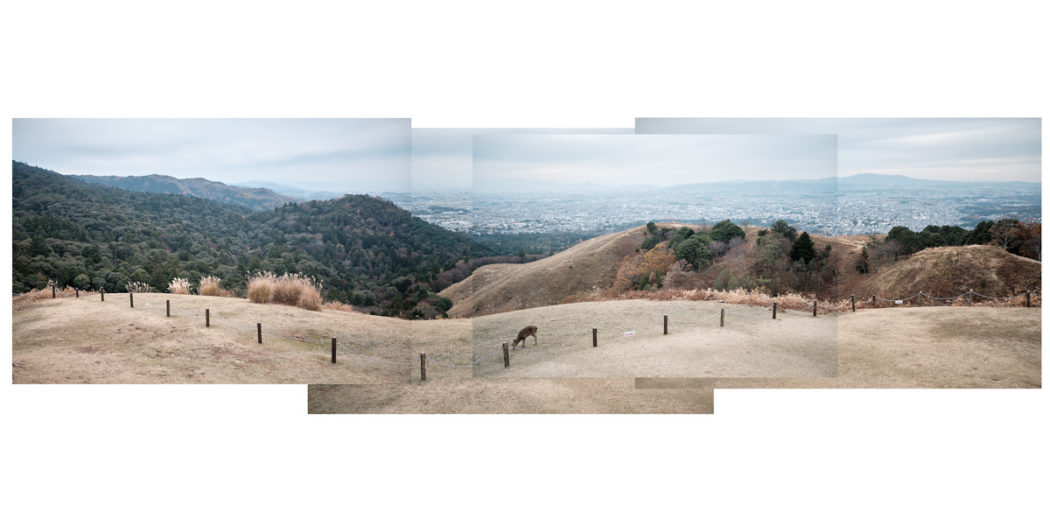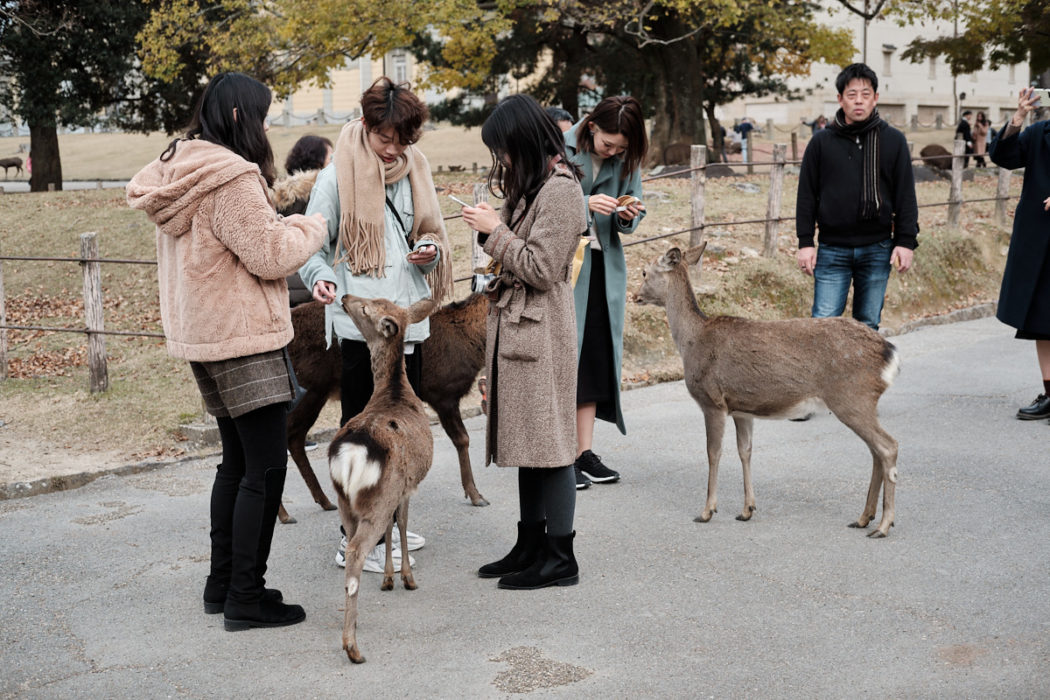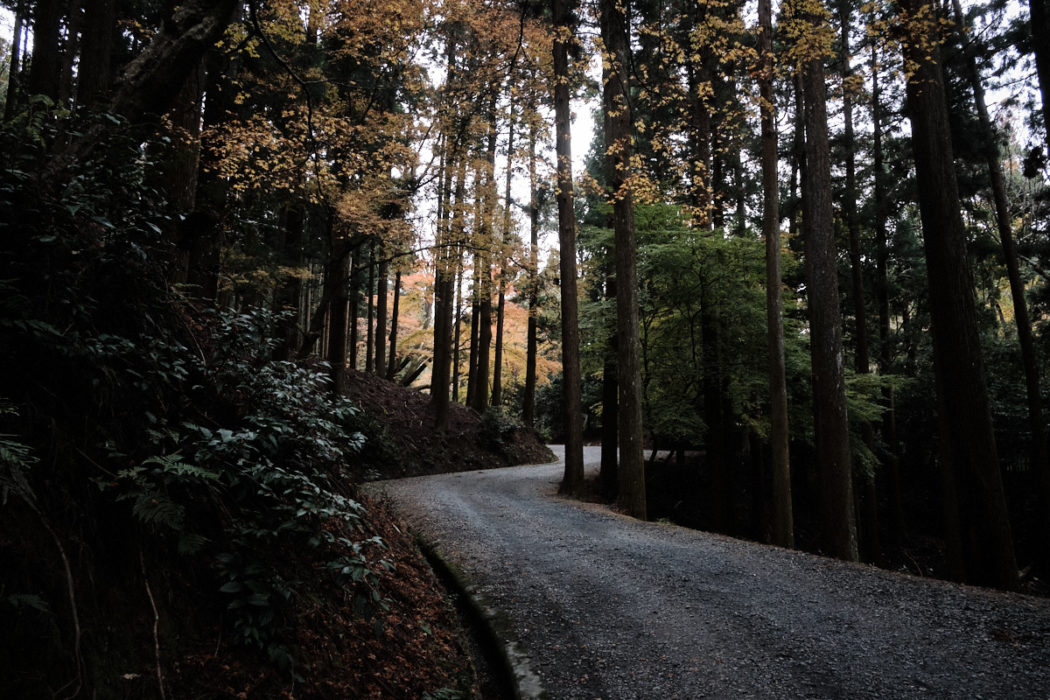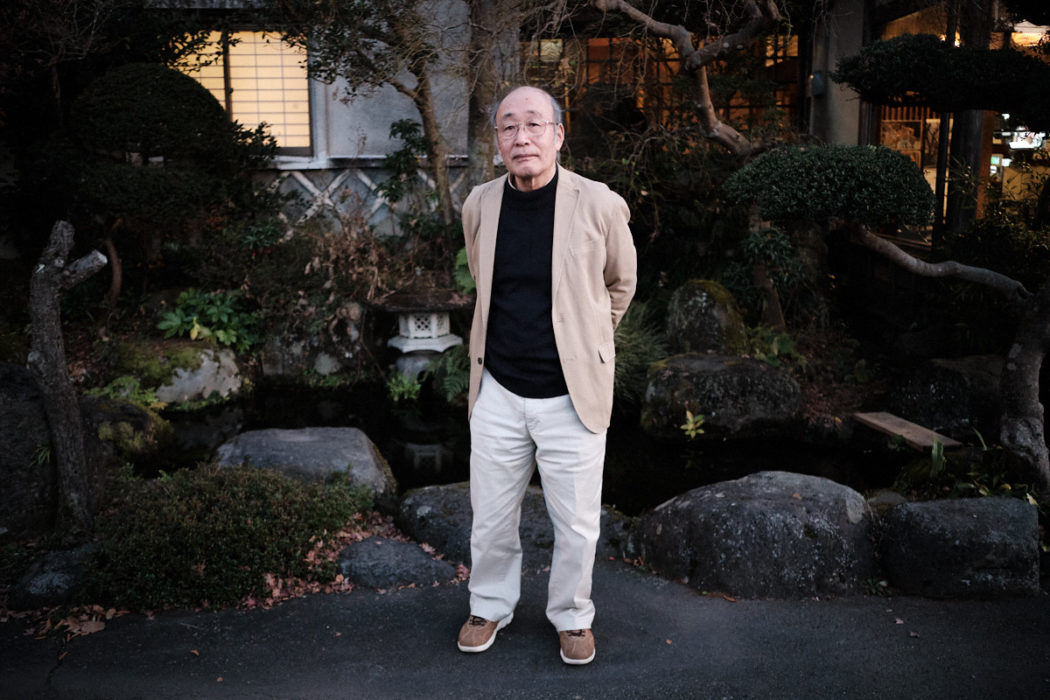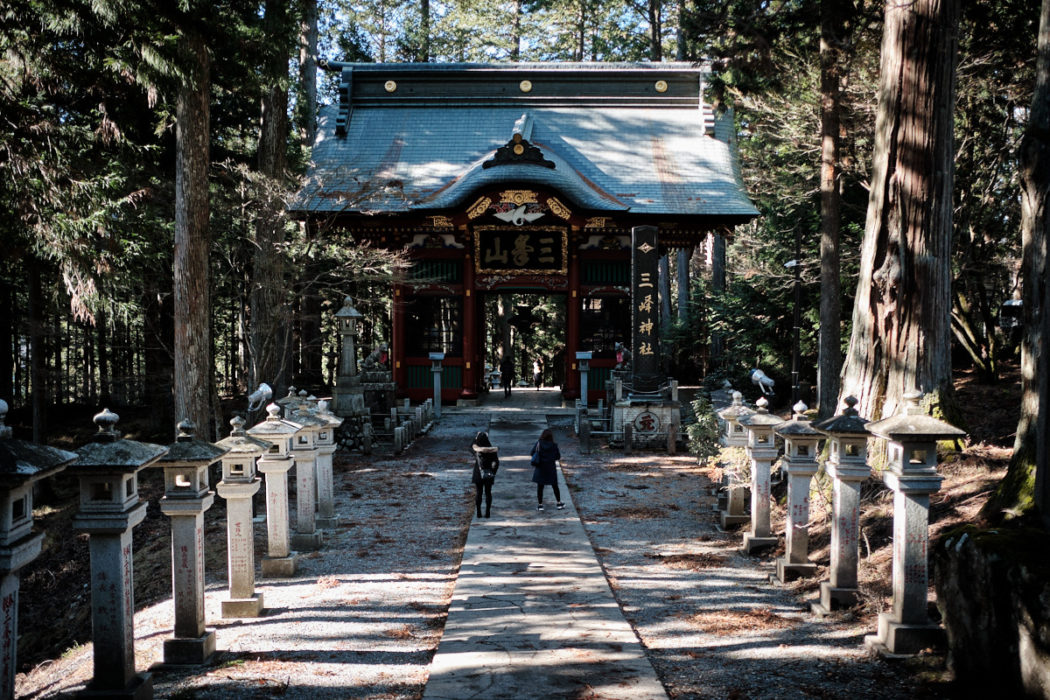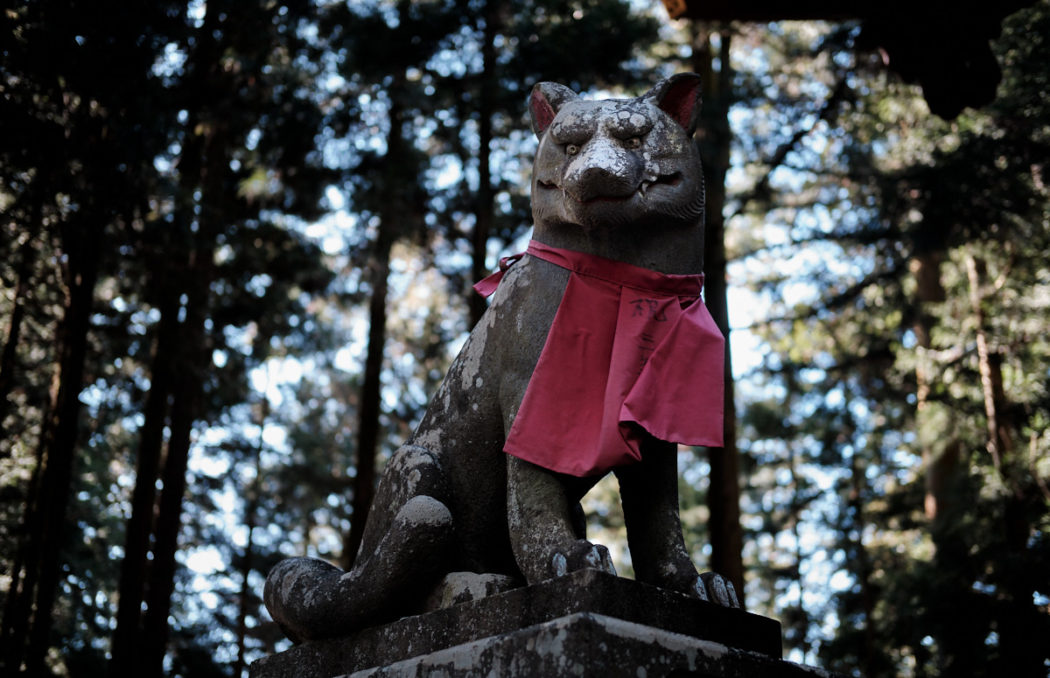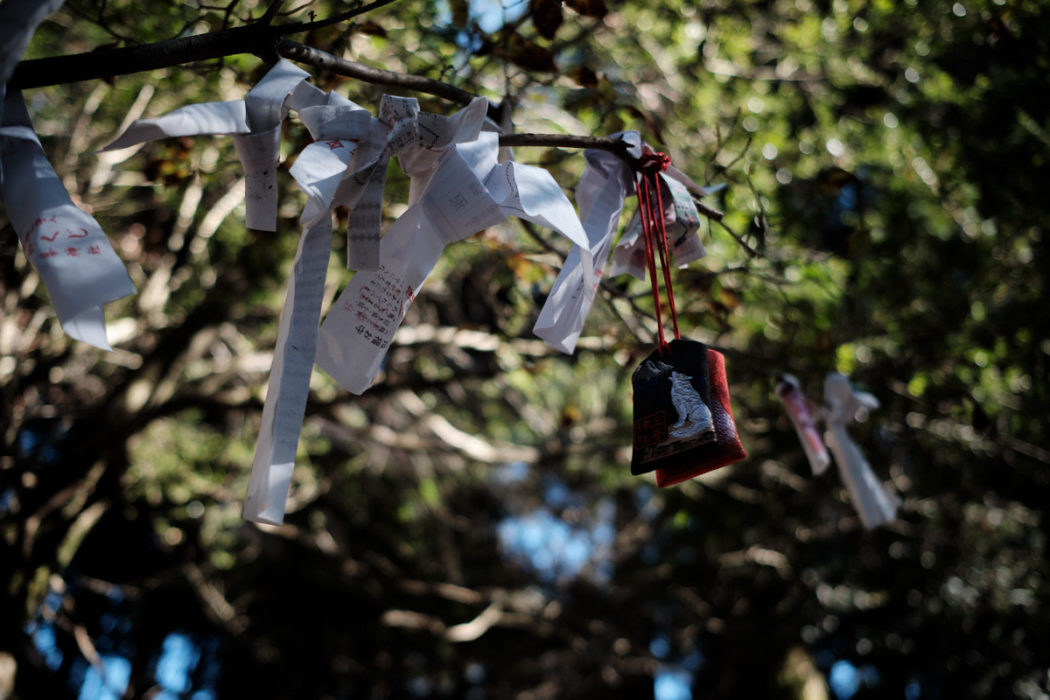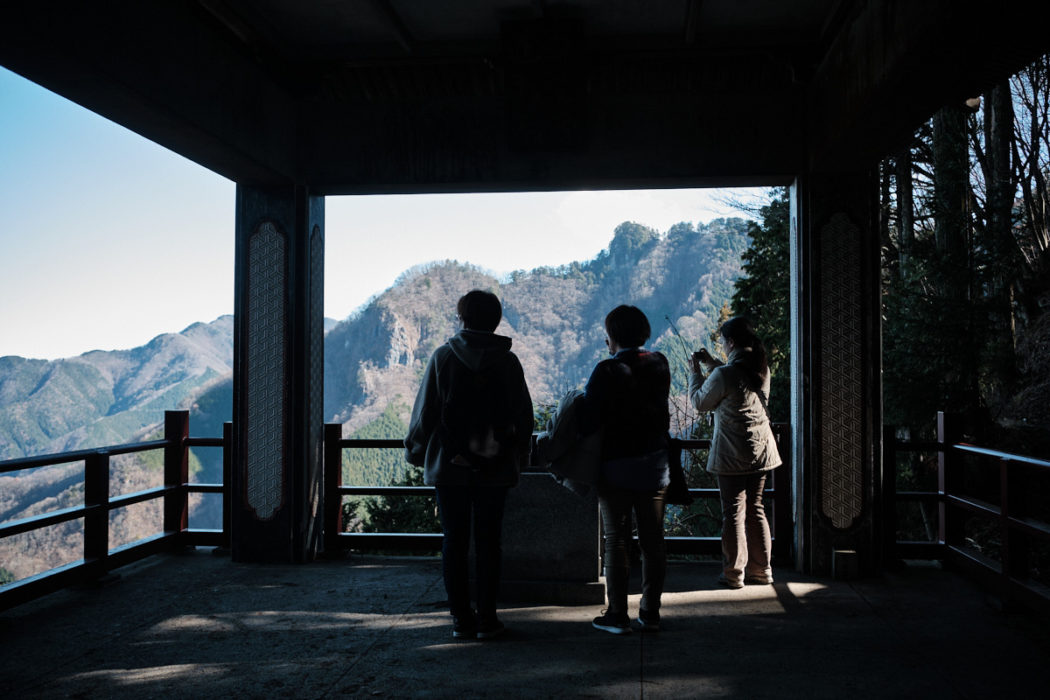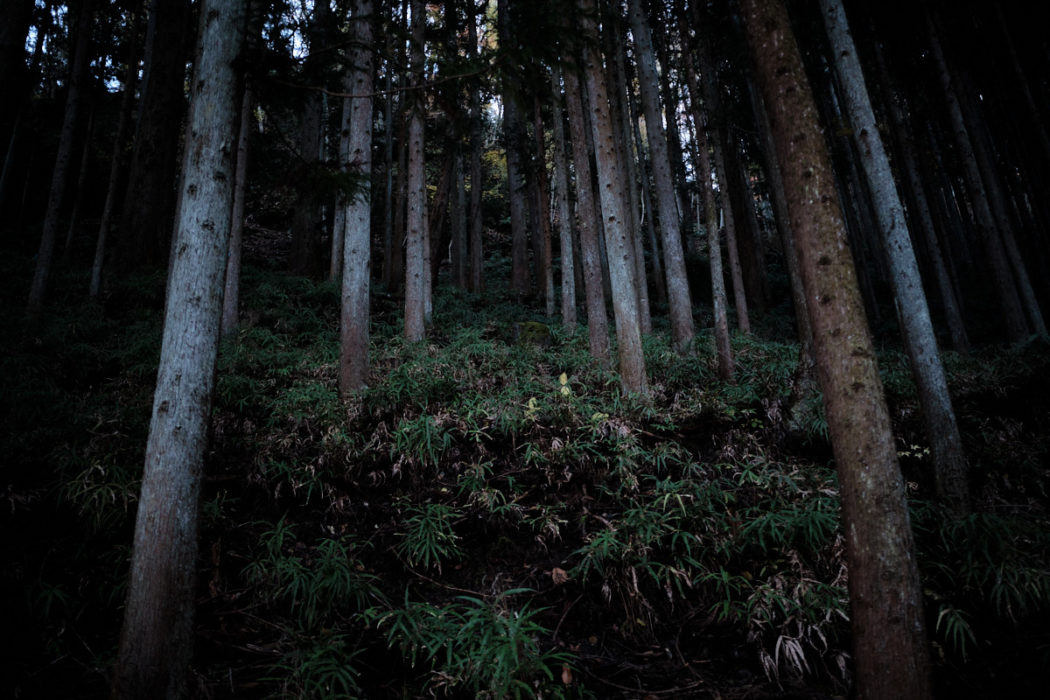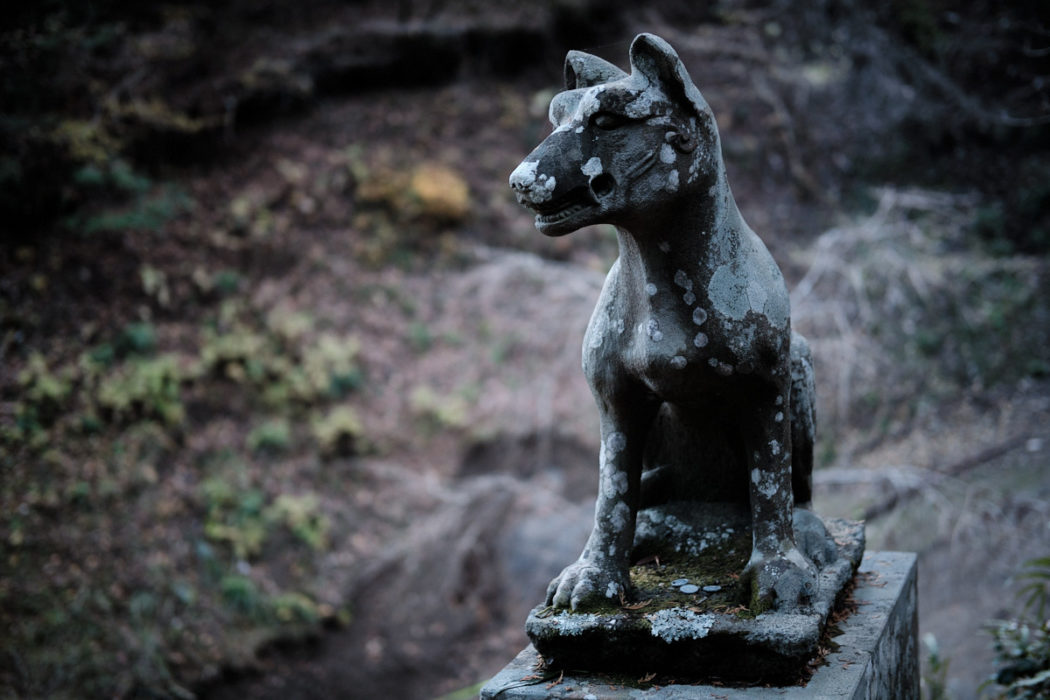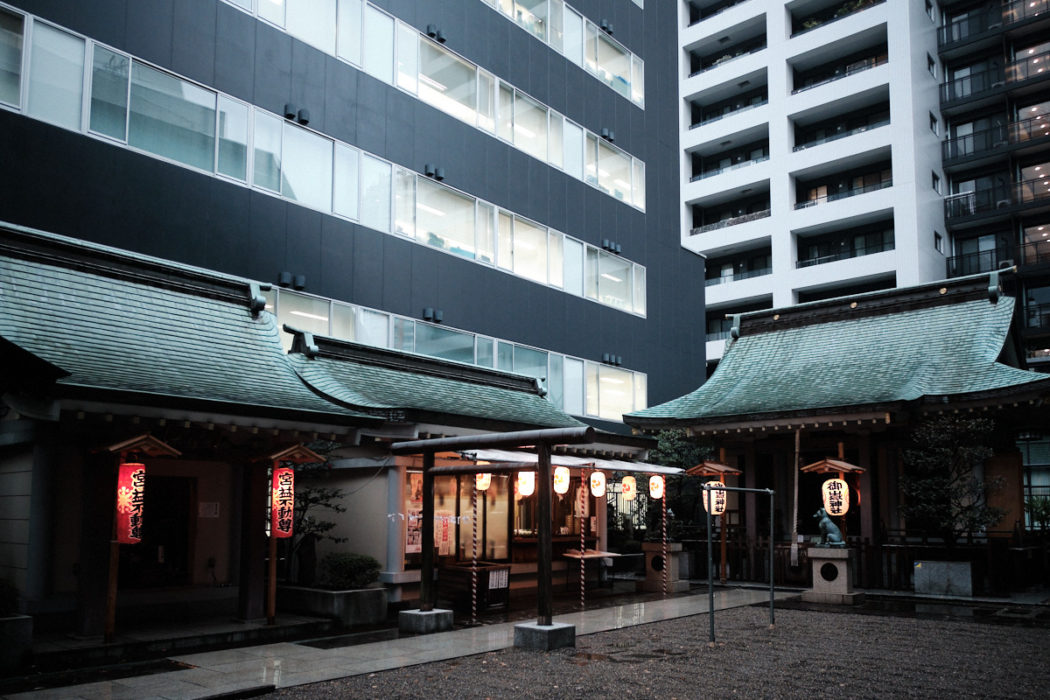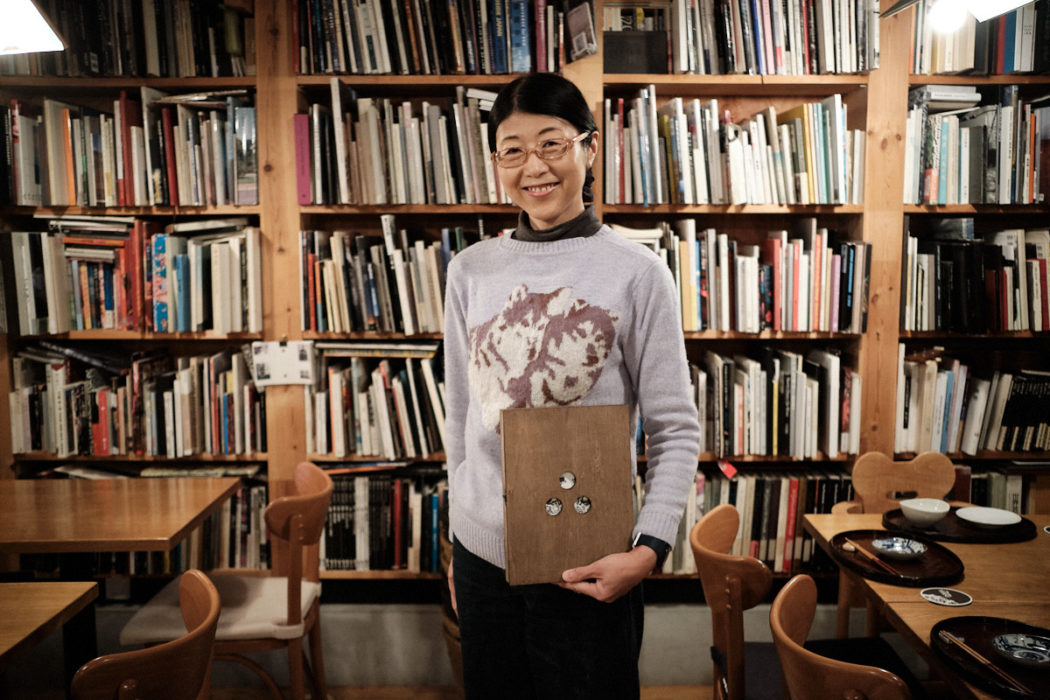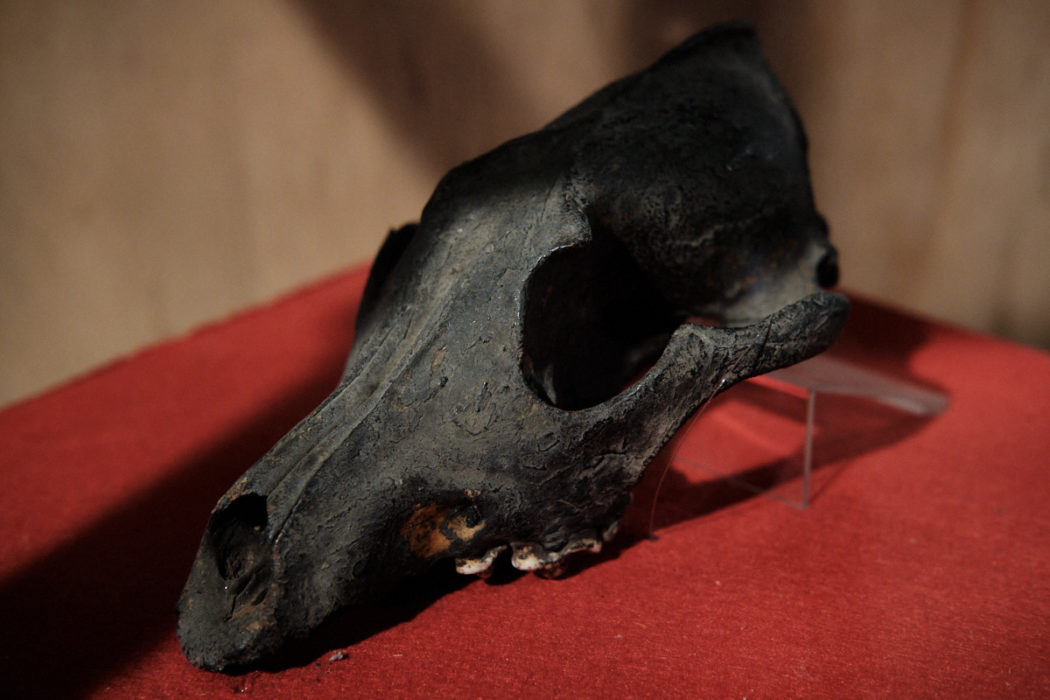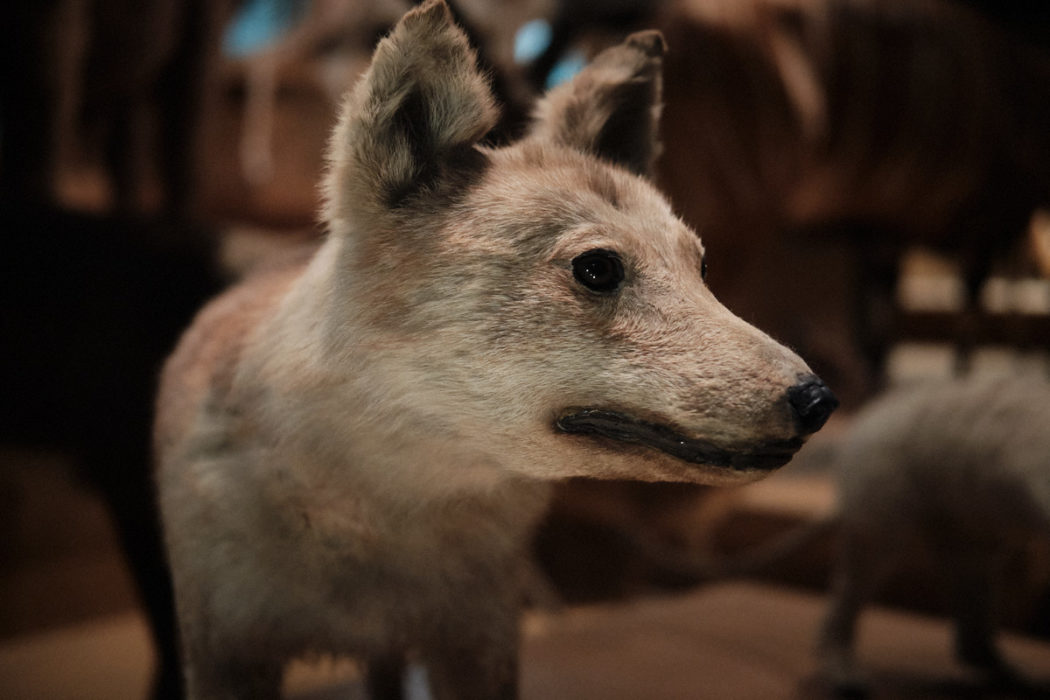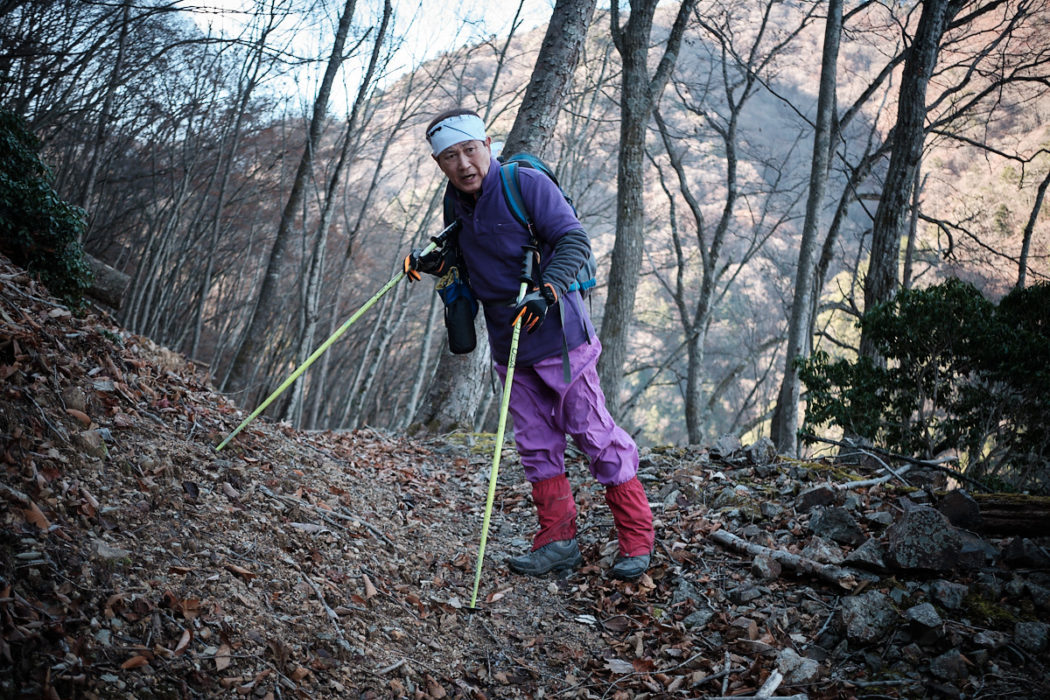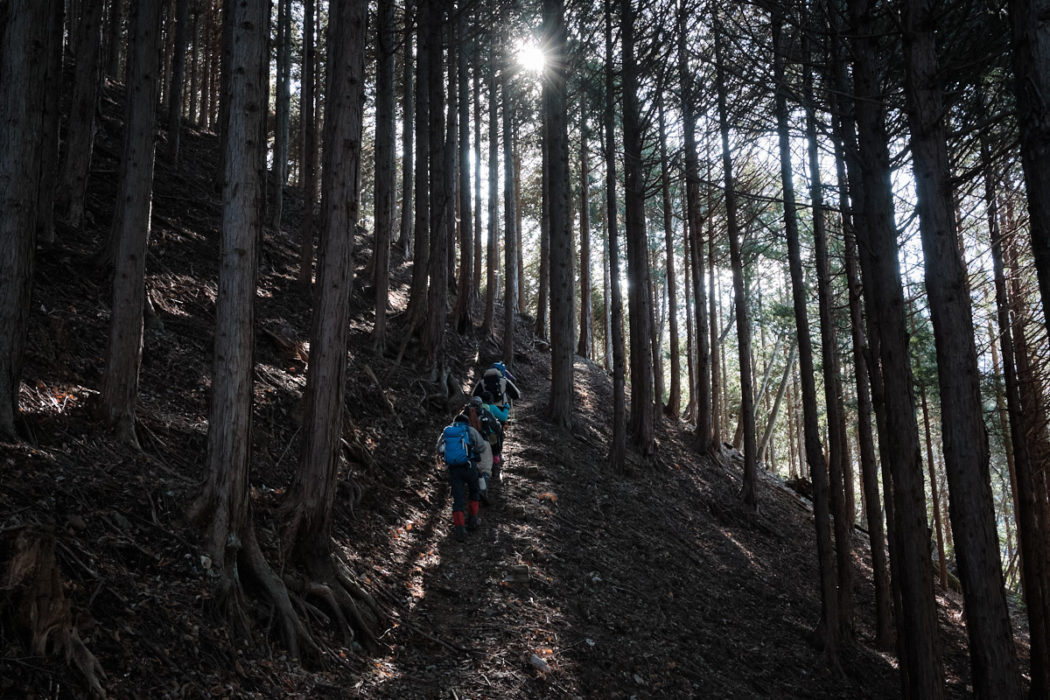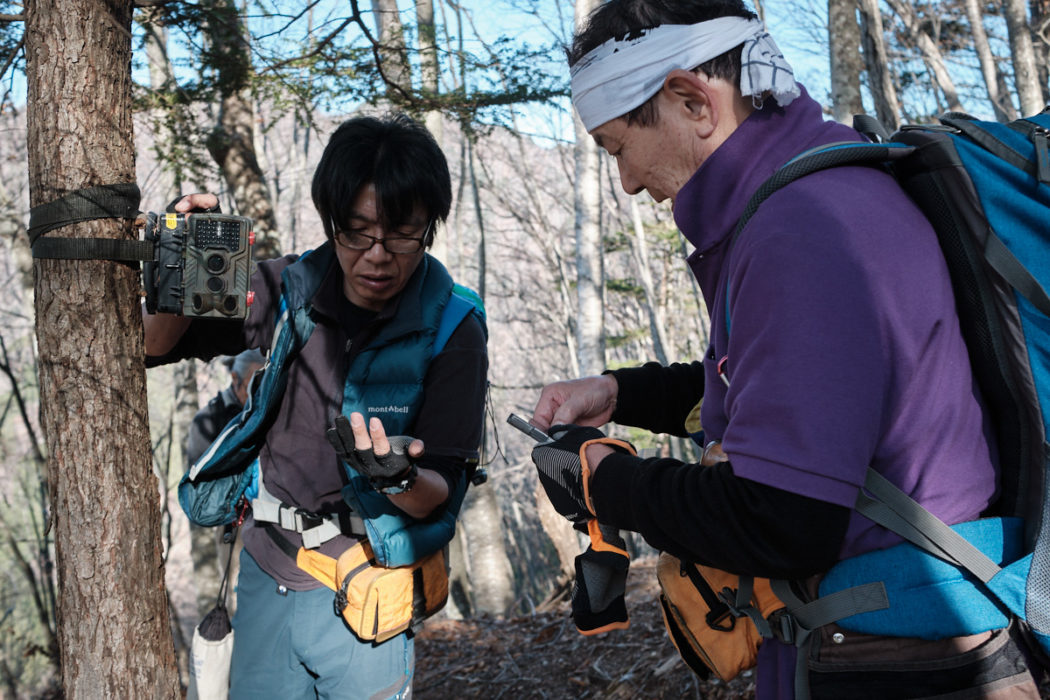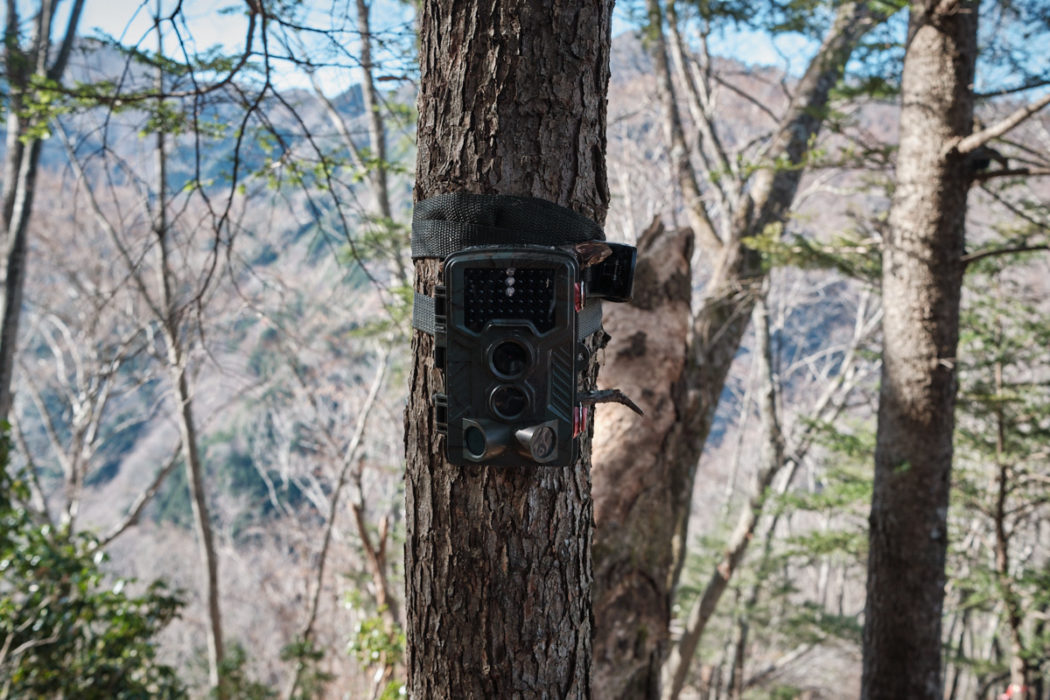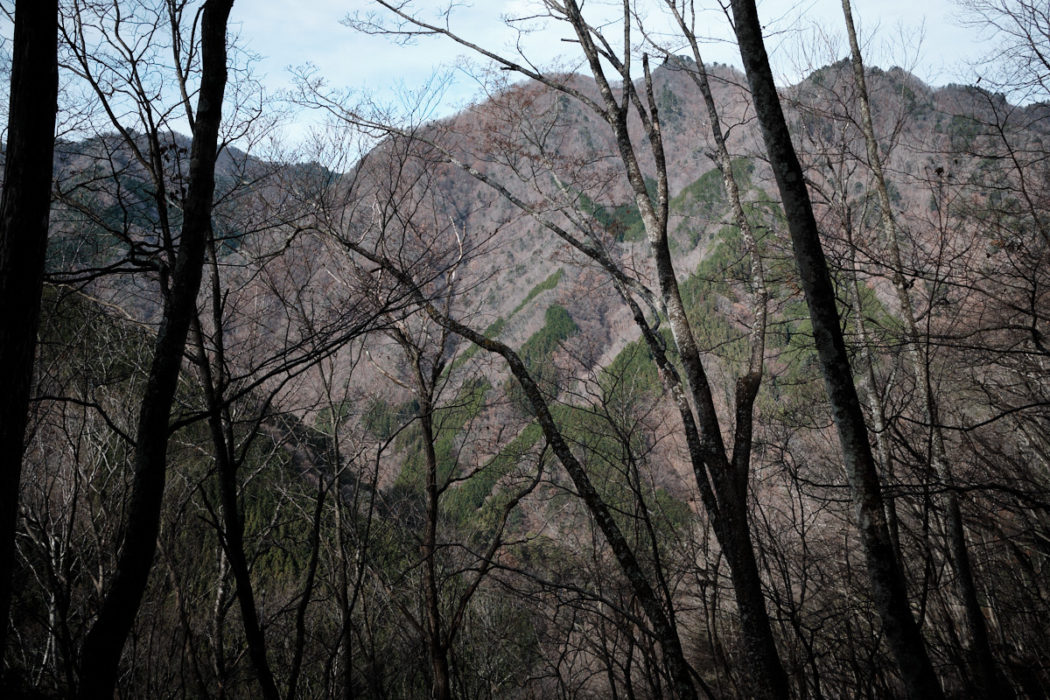Ōkami – sur les traces du loup japonais
Au Japon, le loup a été vénéré pendant des siècles : il est encore l’objet d’un culte dans des sanctuaires de la région de Nara ou des montagnes de Chichibu. Décimé au cours du XIXe siècle, le dernier loup du Japon, Canis Lupus Hodophylax, aurait été tué en janvier 1905 et personne ne semble l’avoir revu depuis.
Ce grand prédateur manque aujourd’hui à la biodiversité nippone. Cerfs et sangliers ont envahi les espaces naturels, créant des dégâts considérables et mettant en danger les écosystèmes. Face à cette situation, certains, comme le Professeur Maruyama, à la tête de la Japan Wolf Association, préconisent la réintroduction d’un loup dans les forêts japonaises.
Mais d’autres, dans la préfecture de Saitama, prétendent que le loup japonais n’a pas disparu et n’attend que d’être redécouvert …
In Japan, the wolf has been revered for centuries: it is still worshipped in shrines in the Nara region or in the Chichibu mountains. Decimated during the 19th century, the last wolf in Japan, Canis Lupus Hodophylax, was reportedly killed in January 1905 and no one seems to have seen him since.
This great predator is now missing from Japan’s biodiversity. Deer and wild boar have invaded natural areas, causing considerable damage and endangering ecosystems. Faced with this situation, some people, such as Professor Maruyama, chairman of the Japan Wolf Association, are advocating the reintroduction of a wolf into Japanese forests.
But others, in Saitama prefecture, claim that the Japanese wolf has not disappeared and is only waiting to be rediscovered…
